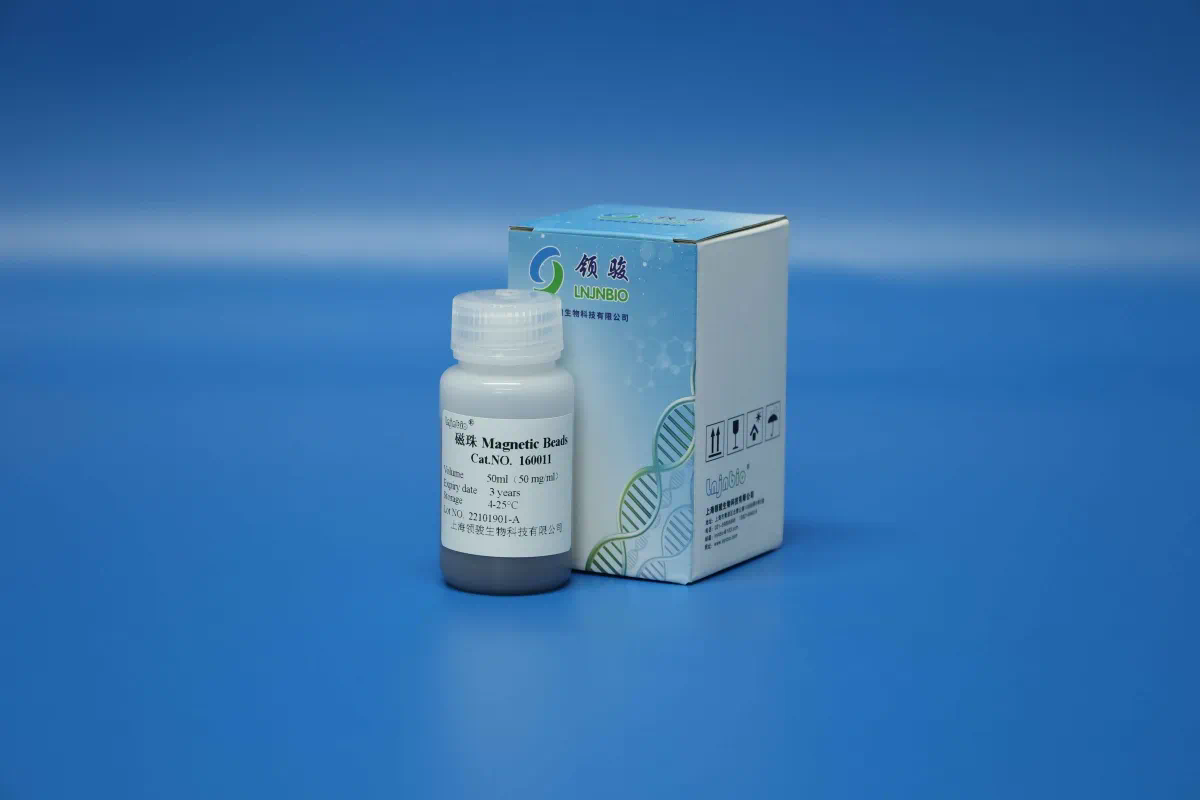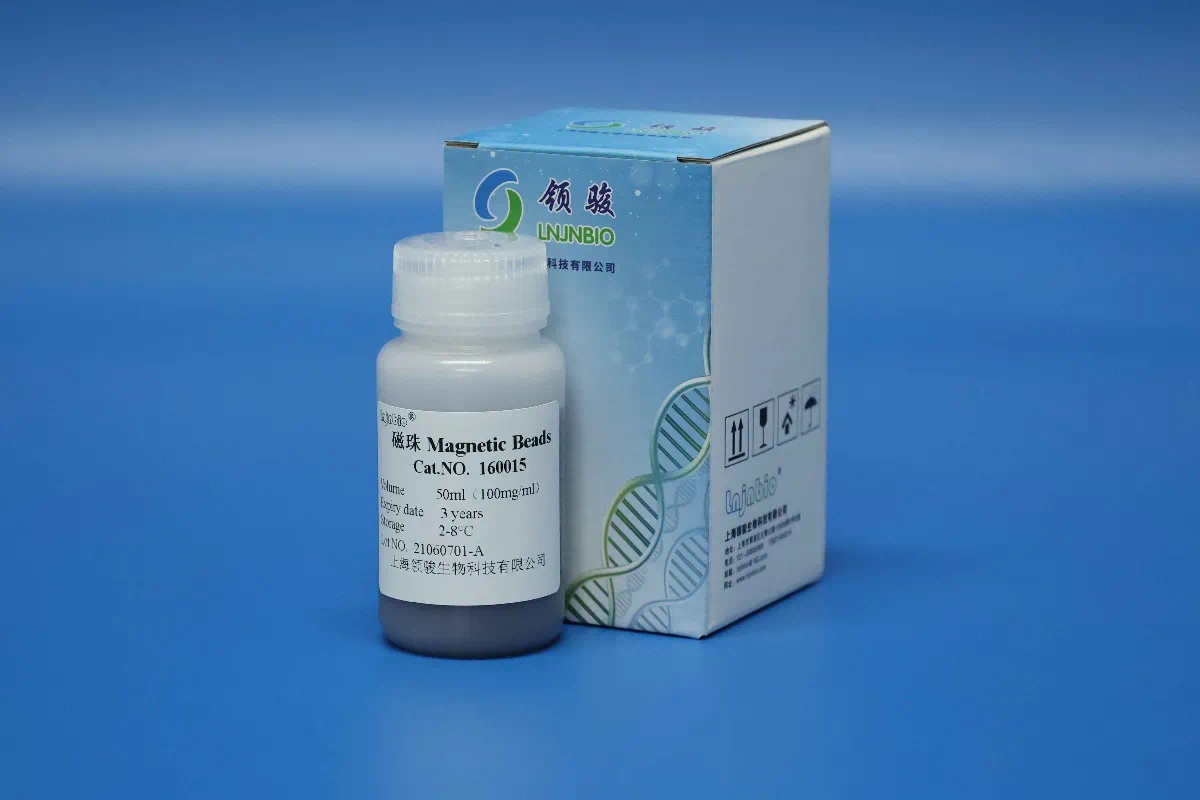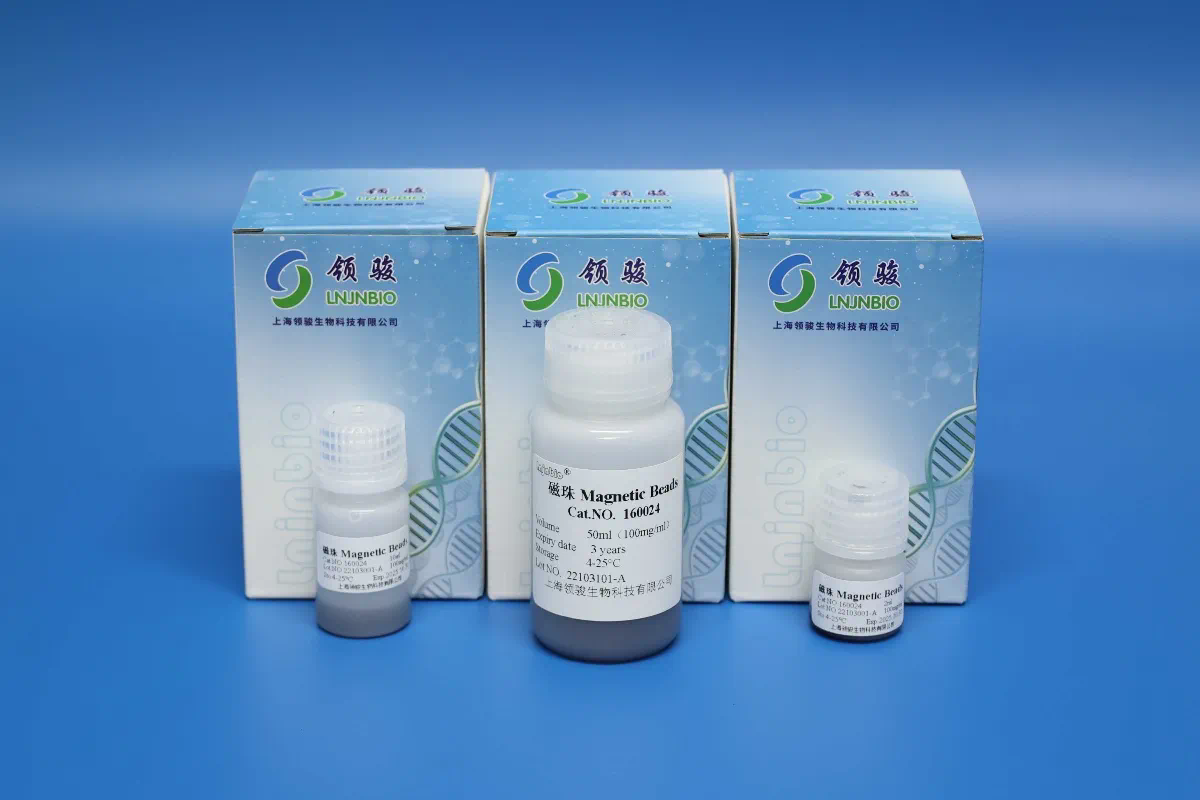Advances in Viral DNA Isolation Techniques
In the rapidly evolving field of molecular biology, the isolation of viral DNA has become a cornerstone for both research and clinical diagnostics. The ability to effectively and efficiently isolate viral DNA is crucial for understanding viral genomes, developing vaccines, and diagnosing viral infections. This article delves into the advanced methods employed in viral DNA isolation, exploring the latest technologies, their applications, and the challenges associated with these techniques.
The importance of isolating viral DNA cannot be overstated. For instance, in virology, the ability to extract and analyze viral DNA allows scientists to study viral mutations, track the spread of infections, and develop targeted therapies. In clinical settings, precise viral DNA isolation is essential for accurate diagnostics and monitoring of viral loads. As our understanding of viruses deepens, so too does the need for more sophisticated methods to isolate viral DNA with greater specificity and yield.
One of the fundamental challenges in viral DNA isolation is the efficiency of extraction and the purity of the obtained DNA. Contaminants such as cellular DNA, proteins, and other macromolecules can interfere with subsequent analyses, leading to inaccurate reagents used in dna extraction results. To address these challenges, several advanced methods have been developed, each offering unique advantages and addressing specific limitations.
High-throughput sequencing (HTS) has revolutionized viral DNA isolation by enabling comprehensive analysis of viral genomes. HTS technologies, including next-generation sequencing (NGS), provide detailed insights into viral diversity and evolution. These technologies require high-quality viral DNA samples, which necessitates the use of advanced isolation techniques that minimize contamination and degradation.

One of the most commonly used methods for viral DNA isolation is the silica-based column extraction. This technique involves lysing the viral particles, binding the DNA to a silica membrane, washing away impurities, and then eluting the purified DNA. Silica-based columns offer high efficiency and ease of use, making them suitable for various applications. However, they may not always achieve the highest yield of viral DNA, particularly when dealing with low-titer samples or complex viral mixtures.

Magnetic bead-based methods represent another significant advancement in viral DNA isolation. These methods utilize magnetic beads coated with specific binding agents to capture viral DNA. The beads are easily separated from contaminants using a magnetic field, allowing for a high-purity DNA extraction. Magnetic bead-based methods are highly adaptable and can be optimized for different types of viruses and sample matrices.
Another innovative approach in viral DNA isolation is the use of automated liquid handling systems. These systems streamline the extraction process, reduce the potential for human error, and increase throughput. Automated systems are particularly beneficial in high-volume laboratories where large numbers of samples need to be processed quickly and consistently. By integrating robotics and advanced software, these systems enhance both efficiency and reproducibility.
The use of centrifugation-based techniques is also prevalent in viral DNA isolation. Ultracentrifugation, for instance, separates viral particles from cellular debris based on density differences. This method is effective for isolating high-purity viral preparations but can be time-consuming and requires specialized equipment. To complement centrifugation, additional purification steps such as density gradient centrifugation may be employed to further enhance the quality of the isolated DNA.

Chemical-based methods for viral DNA isolation often involve the use of detergents and enzymes to lyse viral particles and degrade contaminating proteins. These methods can be highly effective but may require careful optimization to ensure complete lysis and minimal degradation of the viral DNA. Enzymatic treatments, such as protease digestion, can be used in conjunction with other isolation techniques to improve the overall yield and purity of the viral DNA.
Emerging technologies in viral DNA isolation continue to push the boundaries of what is possible. For example, microfluidic devices offer the potential for highly precise and miniaturized DNA extraction. These devices utilize microchannels and chips to handle small volumes of samples, enabling rapid and efficient isolation with minimal reagent consumption. Microfluidic technology holds promise for developing portable and cost-effective solutions for field-based viral DNA analysis.
Furthermore, the integration of nanotechnology in viral DNA isolation has opened new avenues for enhancing sensitivity and specificity. Nanoparticles and nanomaterials can be engineered to selectively bind to viral DNA, offering a highly targeted approach to isolation. These technologies are still in the developmental stage but show great potential for improving the overall efficiency and effectiveness of viral DNA extraction.
Despite these advancements, several challenges remain in the field of viral DNA isolation. Variability in viral loads, differences in viral particle characteristics, and the presence of inhibitors in biological samples can all impact the efficiency of isolation techniques. Researchers and clinicians must continually adapt and optimize their methods to address these challenges and ensure reliable results.
In conclusion, the field of viral DNA isolation has seen significant advancements through the development of high-throughput sequencing technologies, magnetic bead-based methods, automated systems, centrifugation techniques, chemical-based approaches, and emerging nanotechnologies. Each method offers distinct advantages and is suited to specific applications, highlighting the importance of selecting the appropriate technique based on the requirements of the study or diagnostic process. As technology continues to evolve, we can expect further innovations that will enhance our ability to isolate viral DNA with greater precision and efficiency, ultimately contributing to our understanding of viral biology and the advancement of medical science.
https://inorthshore.com/
